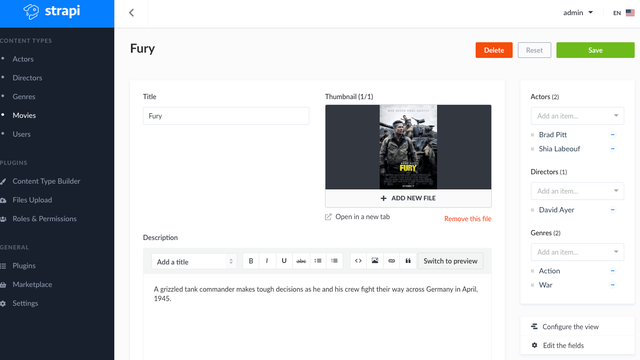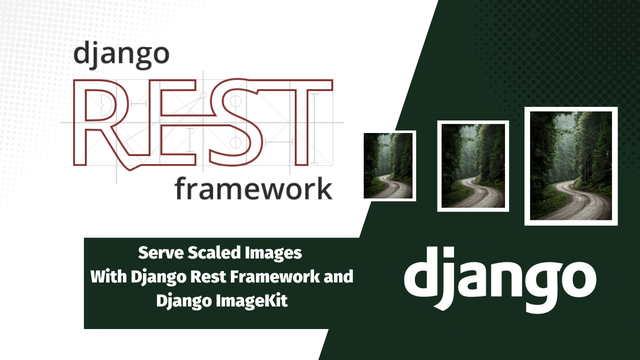API Tutorials

How to Build a Movie Database & API with Strapi

Serve Scaled Images With Django Rest Framework and Django ImageKit

How to Order Objects with Django REST Framework's Nested Serializer
API Tutorials
Tutorials are a fantastic medium for learning and gather quick knowledge about a specific topic. In total, our community has published 3 tutorials about API. These tutorials can be read to get a better understand of how API works. All API Tutorials on this page are rated by the communtiy so that you are presented with the best content possible. New articles will instantly be added to this list as they are written and published by community members.
API
API stands for Application Programming Interface and is a communication protocol or interface between part of a computer program or machines. APIs are used in web applications, operating systems, database systems, software libraries and computer hardware to facilitate connection between systems or abstracting underlying implementation and only exposing objects or actions that is needed for developers.